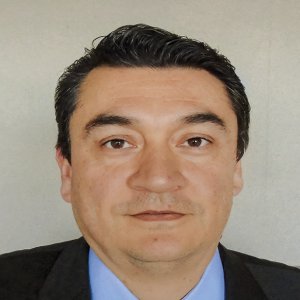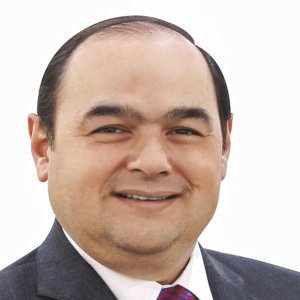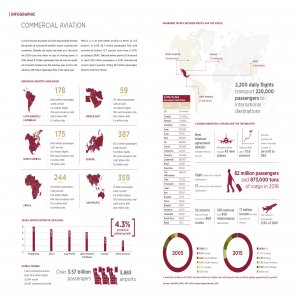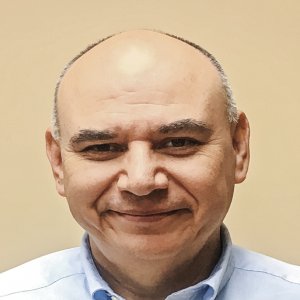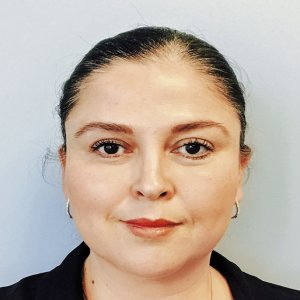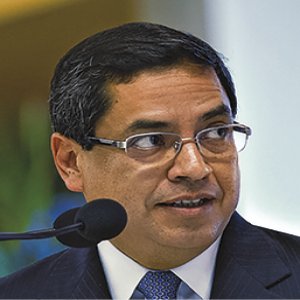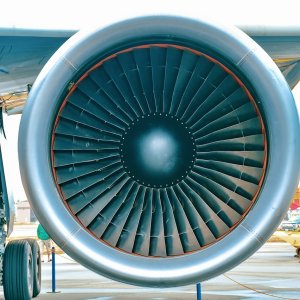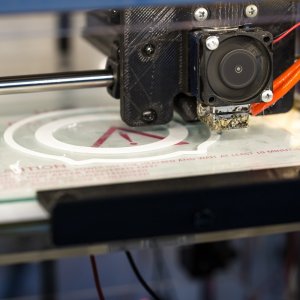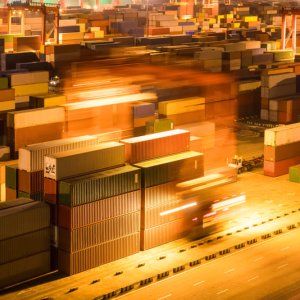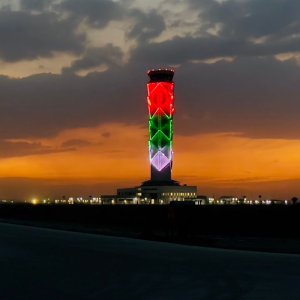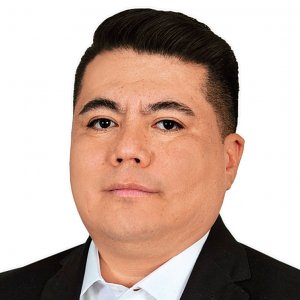Fibras Now the Backbone of Supply Chain

STORY INLINE POST
Q: What role should Fibras play in the development of more sustainable cities and industrial infrastructure in Mexico?
A: Fibras play an important role in the construction of sustainable buildings because they provide developers with more opportunities to increase their activities. Fibras close the value generation cycle of industrial infrastructure developments. Developers must invest in infrastructure, land acquisition, building construction and promotion and must also attract investment. By financing these, Fibras create investment opportunities for industrial developers and allow smaller investors to invest in real estate. Historically, real estate investment could only be transacted with extremely large sums. With the issuance of CBFIs, Fibras make real estate investment available to a wider segment of the population, giving them access to profitable, stabilized cash flows with interesting returns adjusted to risk.
The government’s goal in modifying the Mexican income tax law for the introduction of structured instruments, such as Fibras and CKDs, into the public market was to support the development of real estate. Fibras have greatly supported industrial developers by allowing them to speed up projects, especially in the industrial sector. Fibras have created an important instrument to attract investment and allow property managers and developers to continue increasing their activities and to build more. The development of sustainable portfolios will depend on how the market values them. All of Terrafina’s buildings comply with environmental regulations and some are green buildings.
Q: What types of industrial portfolios does Terrafina target and which areas do you believe have the best growth potential?
A: Terrafina is acquiring more property portfolios with a priority on location, connectivity, insured infrastructure and other characteristics that help assure their successful development, including efficiency and lower operational costs. Our occupancy rates continue to rise; from the US elections to the first quarter of 2017 we signed 25 new contracts and we keep acquiring more properties.
Approximately 57 percent of Terrafina’s properties are located in the north of Mexico, 25 percent in El Bajio and the remainder are located close to Mexico City. All of these regions have strong potential for growth in manufacturing. I do not believe that new areas will arise in the short term. Due to our profile, we are not interested in locations in the south, such as Chiapas or Guerrero, because our focus is on manufacturing for exports. About 75 percent of our lessees belong in this last sector and approximately 96 percent of our leasing contracts are valued in dollars. For that reason, we prioritize properties with stable cash flows in dollars. Terrafina operates in 32 cities across Mexico, including Chihuahua, Hermosillo, Ciudad Juarez, Reynosa, Monterrey, Saltillo, Ramos Arizpe and in the Bajio region.
Q: What role will Fibras play in the development of Mexico’s manufacturing sectors?
A: Fibras are a financing instrument for many real estate developers, many of which are investing in industrial development as they represent the closest exit to market of their investment. In Mexico, industrial developers have been instrumental for the attraction of manufacturing FDI especially in locations such as Queretaro, Sonora and Chihuahua. Developers, such as American Industries, have truly supported the development of the aerospace sector. Companies such as Fokker Beechcraft, Bell Helicopter and Textron came to Chihuahua due to the efforts of industrial developers, the role of Fibras is to support them in this process by acquiring the property, thus providing them with the cash flow necessary to build more industrial parks at a much faster pace.
Q: Considering that the vast majority of your contracts are valued in dollars, how does a fluctuating exchange rate affect Terrafina?
A: Because our assets are valued in dollars, we are protected against fluctuations in the exchange rate, which sets Terrafina apart from other Fibras. For instance, during our July 2017 capital raising, which garnered approximately US$300 million, about 40 percent of our investors were AFORES and the remainder were US institutional investors. The exchange rate does have an impact on our operations but it is positive because the competitiveness of our lessees increases if the peso weakens.
Q: There are currently 11 Fibras within the market and experts believe that there will be more than 40 by 2050. How will Terrafina differentiate itself?
A: Terrafina has one of the largest and the best industrial portfolios in Mexico because it is spread across many locations and has a diverse range of lessees from many sectors, including electronics, medical devices, logistics, automotive and aerospace.
We focus mostly on industrial real estate for maquila exports, which involves solid companies with long-term growth strategies. These companies are also influencing the sector by allying with academia to modify study programs for the aerospace industry. As a result of this collaboration, for instance, study programs place a greater emphasis on traceability in parts manufacturing, an area that is extremely relevant to the industry. These companies are also investing in certifying local companies and thus developing the industry and increasing the added value of Mexican products. For instance, one of our lessees manufactures fuselages for the Cessna 400, which is completely made of composites.
There is a strong connection between Mexican manufacturers creating a stable business environment for all manufacturing sectors, including aerospace. Terrafina works closely with property managers such as American Industries, Intermex, O’Donnell, RMC Real Estate and Amistad Real Estate, to develop solutions that meet their real estate needs.
Q: Considering that Terrafina’s lessees are mostly from exporting companies, how will the renegotiation of NAFTA impact them?
A: The export model maquilas operate under existed long before NAFTA but the agreement modified the way maquilas operate in Mexico. Maquilas used to face several restrictions in terms of location and sales in Mexico, as they were forced to import equipment and raw materials and export 100 percent of the products they manufactured. NAFTA allowed maquilas in Mexico to supply to each other and to be supplied to by Mexican companies, generating a synergy in the manufacturing sector and convenient conditions for the introduction of more foreign manufacturers.
Our lessees are lobbying in the US for an appropriate renegotiation of NAFTA but are convinced that maquila operations will continue in Mexico no matter what happens with the agreement because these practices are now an integral part of the country’s economy. Furthermore, ending these manufacturing practices would impact the US the most as over 80 percent of the components manufactured by our lessees require raw materials from the US. Limiting these companies would hurt their counterparts north of the border.
Mexico’s government is already fighting for a deal that benefits Mexican companies. The government is invested in the generation of more high-quality jobs and it acknowledges the importance of manufacturing to the development of Mexico’s economy. The areas that Mexican negotiators have targeted include telecommunications and e-commerce, while US negotiators seem more concerned with improving Mexico’s export infrastructure and the improvement of IP protections.
Q: How has Terrafina’s relationship with PGIM impacted its success in the market and what new partnerships are required to reach its goals?
A: Without a doubt, Terrafina has the best corporate governance of all Fibras thanks to having PGIM as an external adviser. In 2013, PGIM had a 19 million ft2 portfolio in two closed funds, which the company brought to Terrafina. When Terrafina was launched as an independent firm, PGIM, formerly Prudential Real Estate Investors, stayed as an external adviser for real estate, portfolio management, compliance, treasury and capital markets.
Our collaboration with PGIM has allowed us to double our portfolio in less than five years. We have distributed almost US$300 million dollars to our shareholders and also enjoyed a successful capital-raising campaign that was 2.5 times oversubscribed, meaning that while we raised US$300 million we had orders for US$750 million. Terrafina had a dividend yield of 10.3 percent during the first quarter of 2017 and 7.1 percent in the second quarter due to dilution. Our strategy is fully aligned with the interests of our investors and has allowed us to become leaders in acquisitions. We bought American Industries’ portfolio in 2013, which included 84 excellently located properties totaling 11 million ft2 for US$600 million. We also bought 45 properties representing almost 6 million ft2, including new buildings for the automotive, medical and aerospace industries, from Intermex. This growth was due to our synergy with PGIM.
